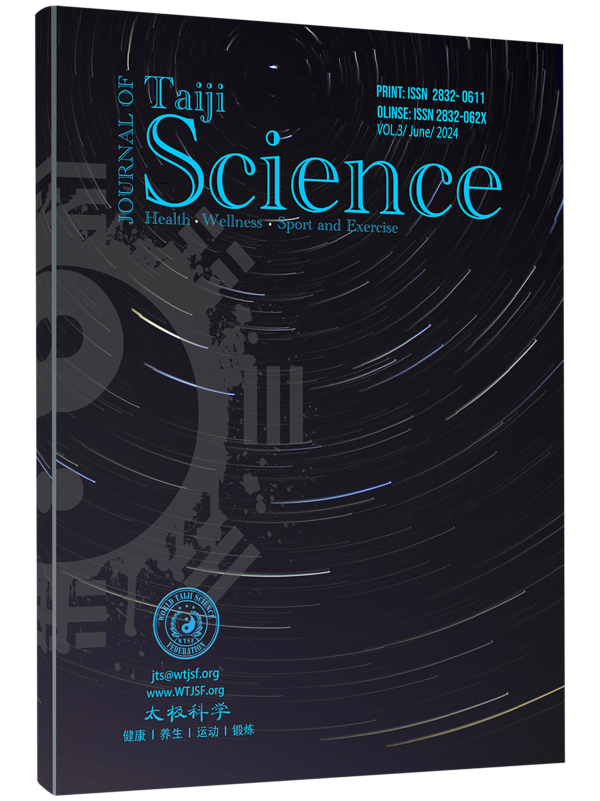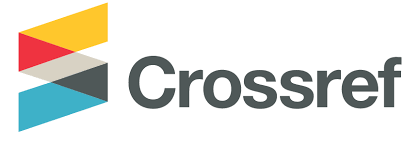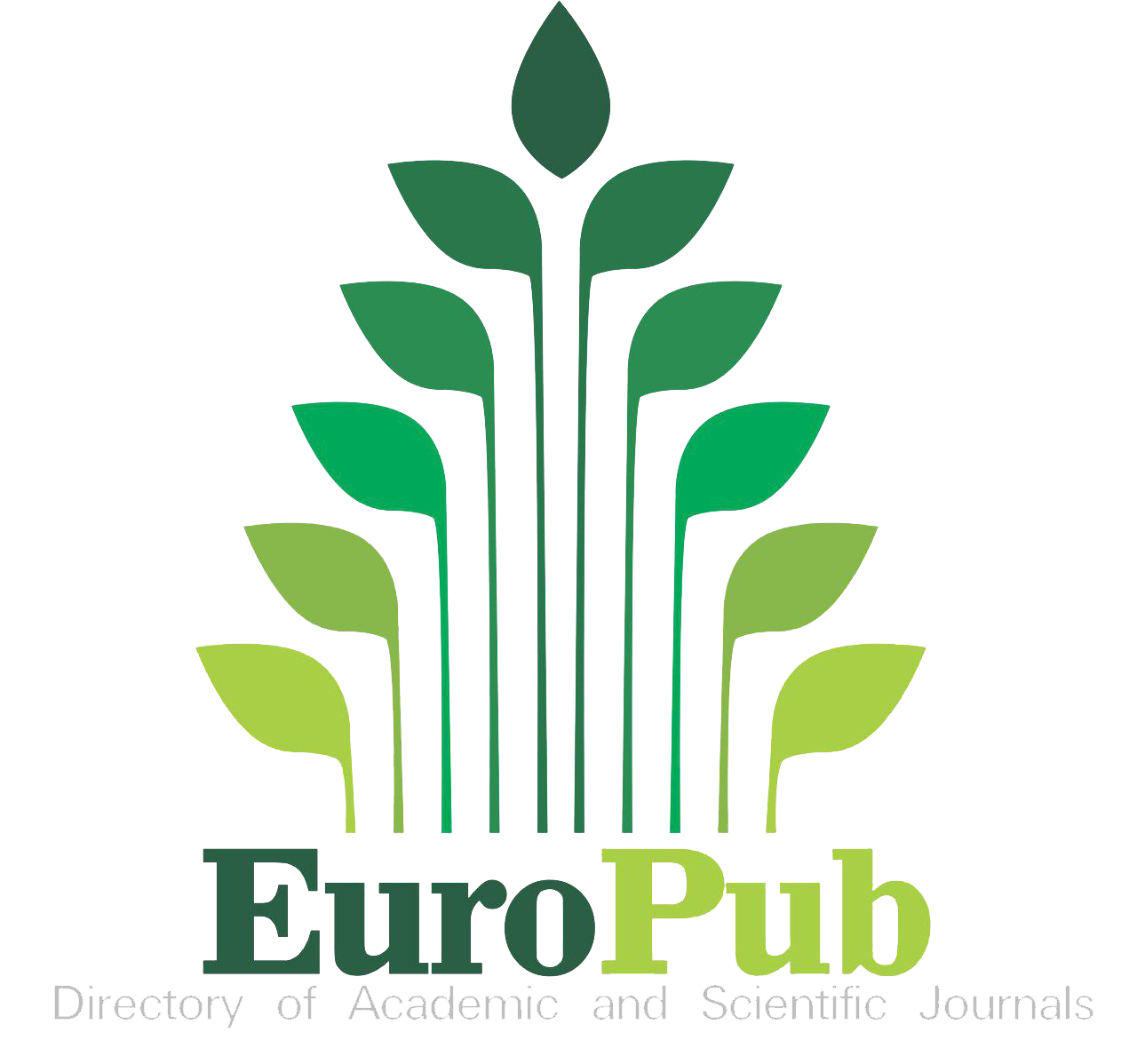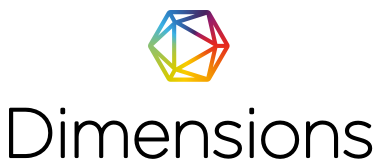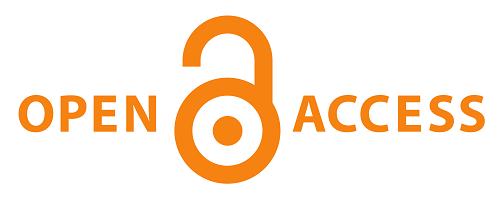Physiological Crosstalk, Taijiquan, Qigong, And Traditional Chinese Medicine
DOI:
https://doi.org/10.57612/JS24.JTS.03.05Keywords:
Oriental Medicine, Martial Arts, Meditation, Mindfulness, Tai-Chi ChuanAbstract
Taijiquan (TJ) and Qigong (QG) are part of the Traditional Chinese Medicine (TCM) therapeutic arsenal, together with acupuncture, moxibustion, Tui Na, pharmacology, dietetics, and surgery. In the Chinese Warring States Period (475-221 BC), physical exercises were already practiced for maintaining health, and represent the fundamentals of QG while TJ was created as a martial art and later practiced as a therapeutic method. They differ from western physical education because they intend to make beneficial modifications in the Qi (energy), the blood, the body fluids, and promote the harmonious flow of the Qi in special channels and collaterals named Jing-Luo, which are concepts quite different from Western physical education. Nowadays researchers have been demonstrating the existence of the Jing-Luo, although they still don´t know the nature of the Qi. Ancient Chinese theories explain this energetic physiology. According to modern science, Exerkines are humoral factors secreted into circulation in response to exercise, which is responsible for the interplay between distant organs and systems. The intercommunication exerted by these biomolecules resembles parts of Chinese theories and could be a reference to evaluate the Chinese theories, and/or, the Chinese theories could be tested as a guide for searching for new biomolecules.
Downloads
Downloads
Published
Issue
Section
License
Copyright (c) 2024 Robson Campos Gutierre (Author)

This work is licensed under a Creative Commons Attribution 4.0 International License.
All articles are permanently available online to the public without restrictions or subscription fees. All articles are free to be used, cited, and distributed, on condition that appropriate acknowledgement is included. Authors are the copyright holders of their original contributions. The published article is simultaneously licensed under a Creative Commons (CC) Attribution License. “A CC license is used when an author wants to give people the right to share, use, and build upon a work that they have created” Wikipedia.

